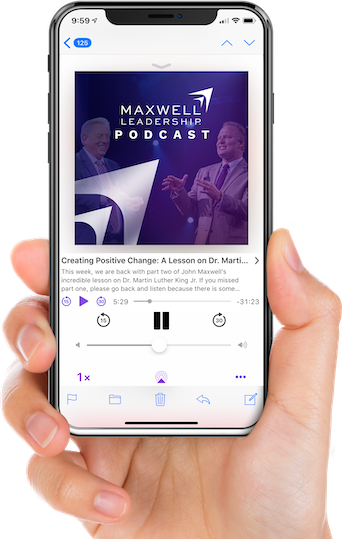How to Build Trust in the Workplace: 5 Tips for Better Relationships

Have you ever experienced a “trust fall”? If you’ve been involved with leadership development and training, you’ve probably at least seen it done to help build trust within teams.
Two people stand, arms locked, behind one person facing away from them. That person then closes his or her eyes and falls backward, trusting the rest of the team will be there. The idea is that if team members can trust one another, their team becomes a community instead of just a group of acquaintances.
When people trust one another, everything works better. Relationships run smoother, conflicts are minimal, and productivity rises. But building trust doesn’t happen by accident. It requires conscious effort to build trust with the leaders in your company and for them to build trust with the leaders on their teams.
Forbes contributor Ekaterina Walter describes how trust flows through the company from the top down:
When the leader establishes trust within the team, it truly shows. Team members feel secure in sharing their opinions without the fear of judgment or retribution, freely share information and openly collaborate on projects and know that if the leader pushes them, he does so with their best interests in mind. The result? Highly motivated and productive workforce.
The importance of trust between you and your leaders cannot be overstated. Leaders can cultivate a high-trust culture or create culture of distrust that increases tension, puts people “on guard” at all times, and hurts productivity
Five Practical Ways to Build Trust
Here are five practical ways to build trust with the leaders in your company. They can use these ways to do the same with their teams, so feel free to pass them along to help your entire organization grow:
- Practice the 30-second rule. Simply put, within the first 30 seconds of a conversation you should say something encouraging to the person you’re addressing. It’s an easy way to build rapport and deposit good will into that person’s emotional bank account. When most people meet others, they search for ways to make themselves look good; the key to the 30-second rule is to reverse that.
- Say the right words at the right time. This tactic requires some patience and discretion. Remember to consider what you are saying before you say it. Ask yourself: Is it necessary? Is it helpful? Is it uplifting? If the answer to one of those is not yes, it may be best to leave it unsaid. But do be authentic, especially when offering a compliment. Nothing destroys trust faster than insincere praise.
- Offer your very best. This rule basically states that you should be prepared to voluntarily give of yourself beyond what is required. All too often, people try to skate through a project or initiative with the minimum amount of effort. Giving maximum effort—especially when you don’t have to and your team knows it—will only solidify and build trust.
- Keep your eye off the mirror. Most people readily admit that unselfishness is a positive quality. For driven leaders and managers, the challenge may be getting into the habit of focusing on others instead of themselves. Begin by looking each day for a way to set aside personal needs and intentionally help someone else without expecting anything in return.
- Remember a person’s story. A great way to establish relationship is to ask another person to share his or her story. Usually, the individual appreciates the personal attention, and the listener receives valuable insight into the keys to the person’s life. Learning a person’s story is a great way to connect—while remembering the details of his or her unique journey is a great way to reinforce relationship.
When your leaders trust you and know that you care about them as a person, they can understand that they are not just a number to the company. By modeling high-trust behavior, you position them to do the same, thus helping to foster a high-trust culture in your entire company.
If you or your leaders struggle to engender trust, but can’t seem to figure out why, our veteran business coaches can help. Our executive coaching team unites decades of business leadership experience with the very best in tools and assessments to give specific coaching, tailored to your unique organizational needs.
You can start building trust today with the simple steps above. Not only will they increase the level of production you see in your leaders and their teams, but they will also help you retain your good employees by creating a work environment that they will not want to abandon.
That is a recipe for success!
Question: Which of the 5 ways have you found most helpful to build trust in your relationships? Leave a comment below to share your experience.
REFERENCES
More Articles

10 Practical Ways to Improve Your Listening as a Leader

Communicating with Clarity – A Leadership Development Game Changer









Be the first to comment on "How to Build Trust in the Workplace: 5 Tips for Better Relationships"